Minority group is a group of people who differ in some ways from the principal group in a society. Members of minority groups may differ from the principal group, also called the dominant group, in speech, appearance, cultural practices, or other ways. The dominant group traditionally has greater political and economic power than the minority group. In many cases, the dominant group discriminates against (treats unfairly) the minority group. When groups have fewer economic, political, and social opportunities than the dominant group, they are often called subordinate groups, disadvantaged groups, or politically disempowered groups. Most societies consist of one or more dominant groups and one or more minority or subordinate groups.
The term minority often means less than half of the whole. When applied to people, however, the term is often inaccurate or misleading. Some “minority” groups actually have more members than the dominant group. For example, African Americans form a majority of the population in some cities and in some rural areas in the United States. Such groups are distinctive not because of their numbers, but because they differ from the dominant group in a number of socially significant ways.
A racial minority group can be identified chiefly by one or more distinctive physical characteristics that are shared by members of the group. These may include skin color, type of hair, body structure, or shape of the head, nose, or lips. Most anthropologists today reject the idea that the human population can be broken into biologically defined races. However, socially defined racial classifications persist in many societies. Nonwhite racial groups, traditionally considered minority groups in the United States, are sometimes called people of color.
An ethnic minority group can be identified by cultural differences in language, accent, religion, dress, or manner of living. For instance, the Amish people of the United States and Canada are an ethnic group. Many Amish pursue a way of life that includes dressing in plain styles that are different from the clothing worn by most Americans and Canadians. Many groups exhibit both racial and ethnic characteristics.
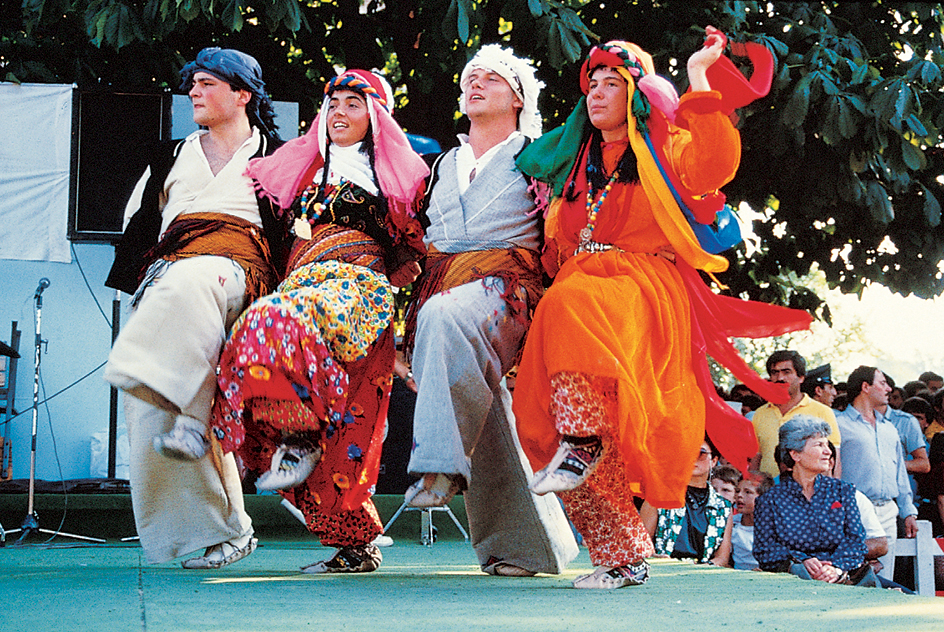
Many social scientists refer to minority and subordinate groups as identity groups. Identity groups are groups of people who share a sense of community or belonging and who share collective political goals. In addition to racial and ethnic groups, identity groups include women, sexual minorities, religious groups, and other groups whose members lead alternative lifestyles or carry nonmainstream beliefs.
The creation of minority groups
Minority groups often develop when people leave their homeland and settle in another society. People may choose to cross national borders and begin life in a new land. This process is called immigration. Many groups of immigrants have become subordinate groups in their new land. Some subordinate groups develop when a dominant group moves in and takes over another group’s territory. When these groups meet, the dominant group may use its greater economic and military power or other strength to control the other group.
The enclosing of a minority or subordinate group within the territory of a dominant group is called incorporation. The importing of Black Africans to North and South America and their enslavement from the 1500’s to the 1800’s was an example of forced incorporation. Incorporation also occurs when one nation or group annexes territory. Annexation has played an especially important role in the history of some European nations. For example, Estonians and certain other large groups became minorities after czarist Russia annexed their lands.
Some subordinate groups have resulted from colonialism. In colonialism, one nation sends some of its members to gain control over another people’s land. This land, which becomes a colony, is used as a source of wealth for the settlers’ homeland. The colony’s original inhabitants, who have less economic and military power than the settlers, become a politically disempowered group. Many European countries, including Belgium, France, Great Britain (now called the United Kingdom), Portugal, and Spain, established large colonial empires from the 1400’s to the 1900’s.
After establishing control over a group, a dominant group may try to drive the people from their territory. In some cases, a dominant group may attempt complete destruction of a subordinate group. Genocide is a form of mass murder in which one organized group—usually a government—systematically kills members of another group. For example, Adolf Hitler, the ruler of Nazi Germany, preached that Germans belonged to the “superior Aryan race,” and that Jews and other non-Aryans were inferior. Hitler’s beliefs resulted in the genocide of millions of Jews and others during the 1930’s and 1940’s.
Relationships between groups
Different groups within a society usually develop certain patterns in dealing with each other. These patterns include racial or ethnic stratification, assimilation, and internal colonialism. The dominant group usually controls how these patterns develop.
Racial or ethnic stratification
occurs when the dominant group divides the society into classes along racial and cultural lines. In many cases, racial and ethnic minority groups are given low social and economic positions. For example, many Irish, Italian, and African immigrants to the United States were assigned such positions by British Americans and other groups that had settled earlier. Racial or ethnic stratification typically leads to segregation, discrimination, and poverty.
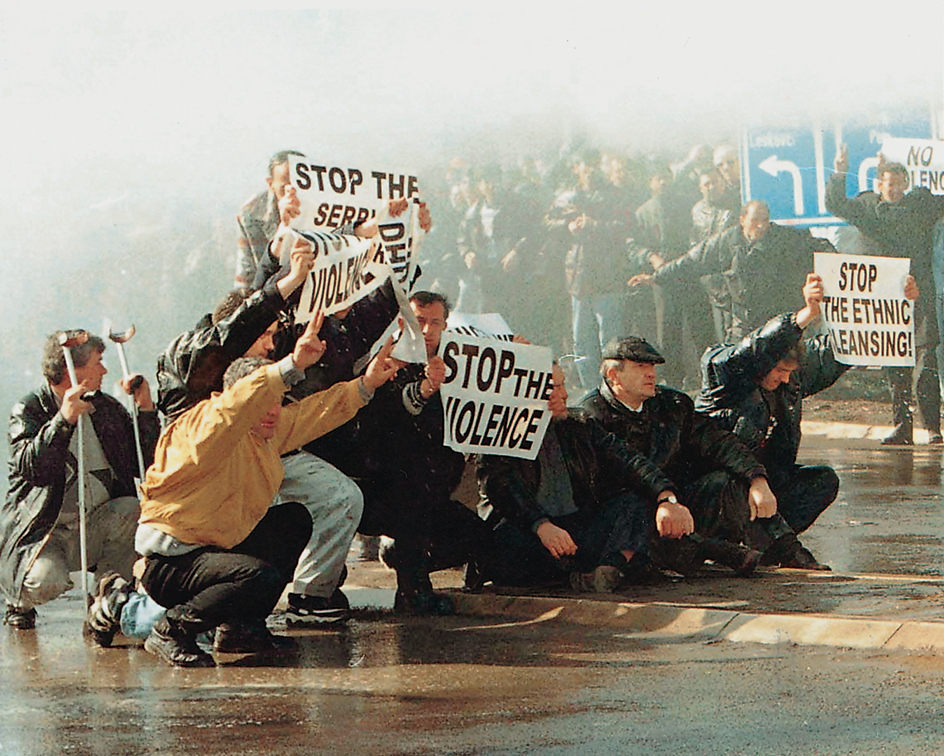
Assimilation
occurs when a dominant group accepts a minority or subordinate group into society. Two types of assimilation may take place, often at different speeds. In the process of structural assimilation, a group is partially or wholly admitted into the social practices and economic organizations of the dominant group. In the process of cultural assimilation, a group adopts much of the culture of the dominant group and may lose many of the cultural characteristics that had set it apart. For example, Scandinavian Americans gave up much of their ethnic heritage while undergoing cultural assimilation. Jews, on the other hand, underwent structural assimilation while preserving much of their own culture.

Internal colonialism
occurs when subordinate groups achieve political and economic equality slowly or not at all. This pattern typically lasts for many years and in some cases for centuries. In the Western world, many nonwhite groups have experienced a period of slavery or forced labor followed by many years of discrimination. In the United States, Black people, other non-European minorities, and women have suffered centuries of political, economic, and educational discrimination.
Effects of subordinate status
Members of subordinate groups generally recognize that they belong to a less-favored group, and this realization affects their behavior. A sense of isolation and common suffering is a strong social glue that binds them together. Common cultural and physical traits also help unify the group. Identification with the group may continue even after individual members are assimilated into the dominant group. For instance, a person of Jewish descent may no longer practice the traditional Jewish religion and may become a member of the dominant group. Yet the person may continue to think of himself or herself primarily as a Jew.
Members of politically disempowered groups respond to domination in various ways. For example, some passively adopt the culture of the dominant group. Others try to achieve territorial separation. In the late 1800’s, for example, some Jews reacting to discrimination in Europe began a movement called Zionism to establish a Jewish nation in Palestine. This movement resulted in the establishment of Israel. Some members of politically disempowered groups use various means to resist and challenge domination. They challenge acts of discrimination in court, refuse to obey unfair laws, conduct protests, and, in some cases, resort to rioting and other forms of violence.
Racial and ethnic groups in the United States
The United States has become the home of many racial and ethnic groups. These groups include Hispanic Americans, African Americans, Jews, European immigrants, Asian Americans, Arab Americans, and Native Americans.
Hispanic Americans,
also called Latinos, form the largest ethnic minority group in the United States. Hispanic Americans are primarily of Cuban, Mexican, and Puerto Rican ancestry. The United States has more than 60 million Hispanic people, most of whom are of Mexican descent.
Mexicans
became incorporated into the United States when the nation acquired what are now large parts of the West and Southwest from Mexico. Since the Mexican War (1846-1848), many Mexicans have migrated to the United States.
Puerto Ricans
became incorporated into the United States in 1898 as a result of the Spanish-American War (1898). Puerto Ricans have migrated to the U.S. mainland in large numbers since World War II (1939-1945). Many have settled in New York City.
Cubans
began to migrate to the United States in large numbers during the 1960’s, after Cuba came under Communist control. Most have settled in Florida.
African Americans
form the second largest racial or ethnic group in the United States. There are about 40 million African Americans in the United States. Most African Americans are descendants of Africans who were brought to America and enslaved beginning in the 1500’s. Most African Americans remained in slavery until after the American Civil War (1861-1865). But even as they gradually gained legal freedom, most of them could not assimilate into American life because of widespread discrimination.
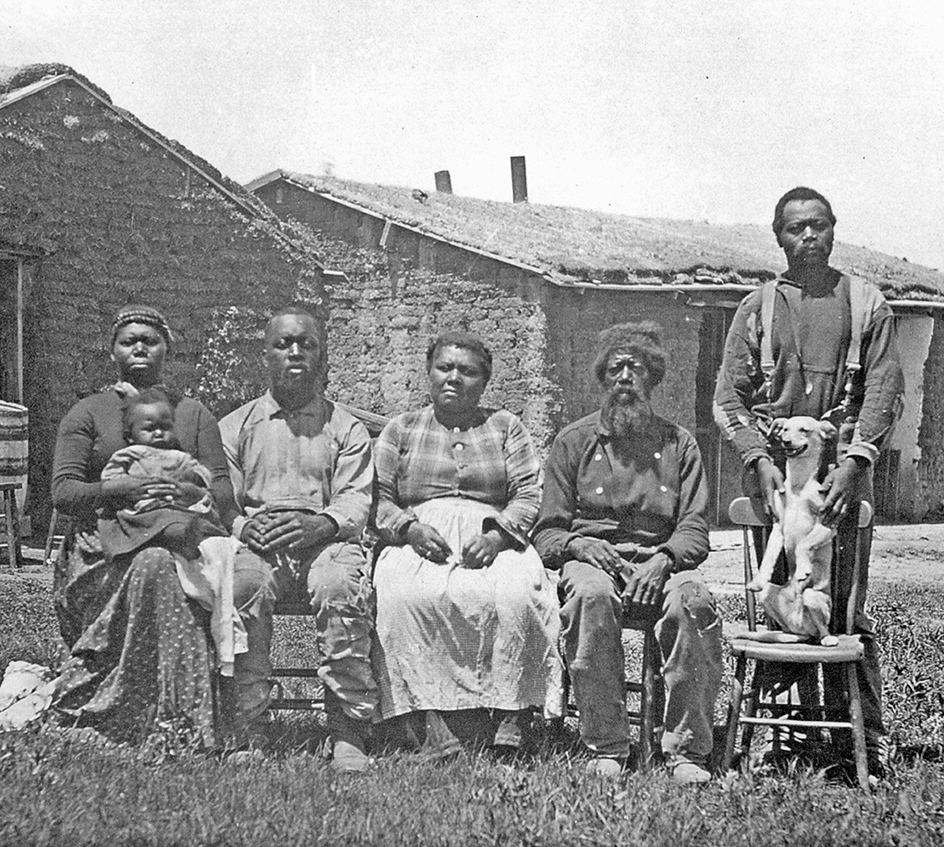
In the 1960’s and 1970’s, many African Americans protested their exclusion from society and sought to end discrimination through the civil rights movement. During this same period, some African Americans organized Black nationalist or Black power movements. These movements called for separation and the strengthening of Black group-identity and political organization.
Jews
have often fled to the United States from Europe and other areas to avoid persecution, only to meet continued discrimination. Today, there are about 7 million Jews in the United States. Jews have attained a significant degree of assimilation and social acceptance. At the same time, many have retained their religious beliefs and many traditional practices.
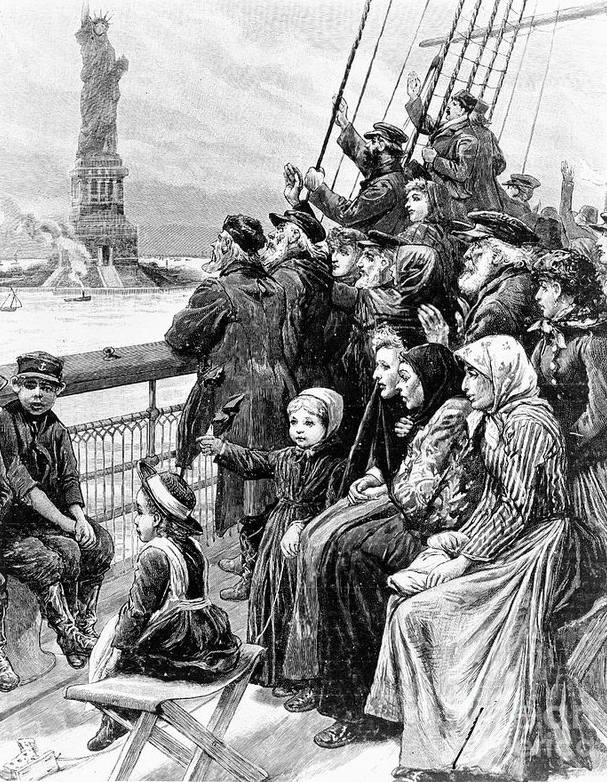
Other European immigrants
who came to the United States often became minority groups. Most of these minorities were eventually assimilated into American society. Before the 1880’s, most Europeans who came to the United States were from northern and western Europe. Beginning in the 1880’s, most came from southern and eastern Europe. Most European immigrants have come from Austria-Hungary, Germany, Ireland, Italy, Poland, Russia, and the United Kingdom.
Asian Americans
include Chinese, Japanese, Filipino, Korean, and Vietnamese groups, as well as such south Asian groups as Indians and Pakistanis. About 20 million Asians live in the United States today.
Chinese
immigrants arrived in the United States during the 1840’s. Most settled in California and other western states. Some live in city neighborhoods called Chinatowns. Chinese immigrants have often been discriminated against. In 1882, the U.S. Congress passed the Chinese Exclusion Act, which prohibited Chinese immigration. Restrictions against Chinese immigration were not lifted until 1965.

Japanese
immigrants have often suffered the same injustices as the Chinese. During World War II, many Japanese Americans suffered violations of their constitutional rights. They were forced to leave their homes and businesses and to live in inland detention camps in several Western states.
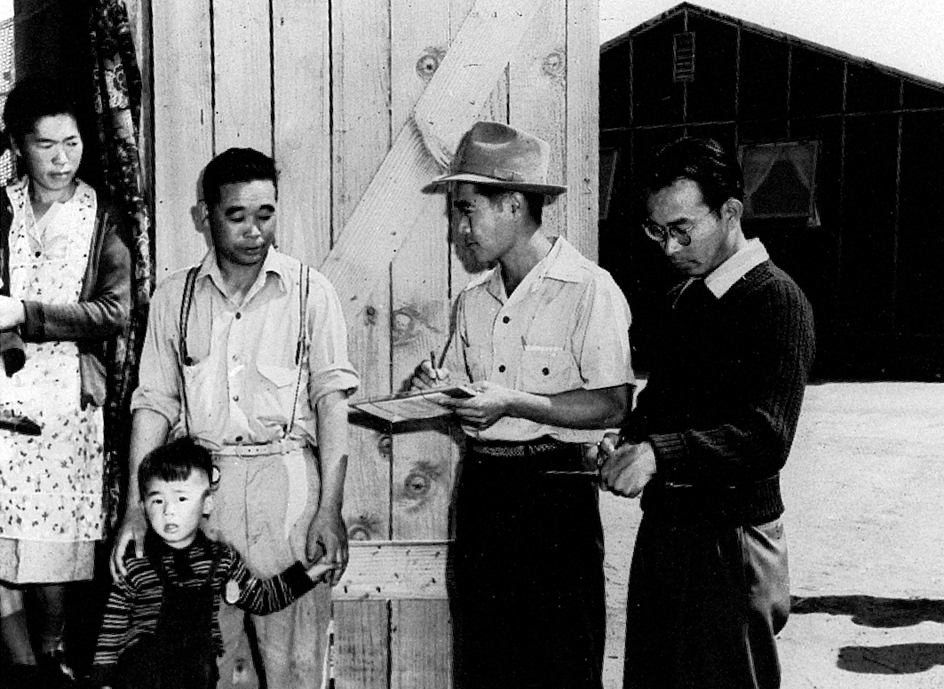
Arab Americans
trace their ancestry to the Arabic-speaking people of the Middle East, a region that spreads across southwestern Asia and northern Africa. Many Arab immigrants came to the United States to avoid violent conflicts or poor living conditions in the Middle East. However, Arab Americans in the United States have faced significant discrimination. Approximately 2 million Arab Americans live in the United States today.

Native Americans
were the original inhabitants of the Americas. Their numbers have been greatly reduced as a result of centuries of European invasion and conquest. European settlers drove Native Americans from their homes and forced them to live on reservations. Most of the nearly 4 million Native Americans in the United States today live in urban areas.
Minority groups in other countries
European countries have often had minority nationality groups living within their boundaries. For example, before World War II, Germans lived in a part of Czechoslovakia called the Sudetenland. Religious minorities may also be found in many regions of the world. Today, Roman Catholics are a minority in Northern Ireland, and Muslims form a minority in India.
In South Africa, European settlers have discriminated against native Africans and other nonwhite people, even though nonwhite people make up most of the population. From 1948 to 1991, white South Africans followed a government policy of apartheid (separateness). Under apartheid, almost all nonwhite people were legally segregated from white people and faced official discrimination in education, employment, and many other areas. In 1990 and 1991, South Africa repealed most of the main laws on which apartheid was based. In 1993, the country extended voting rights to all races. See South Africa (Ancestry); South Africa, History of (Apartheid).
Many national minority groups lived in the Soviet Union. Under Soviet rule during World War II, some of these groups—the Volga Germans, Crimean Tatars, and Kalmuks—were expelled from their homelands, supposedly for disloyalty. Jews suffered discrimination under both czarist and Soviet rule. The Soviet Union broke apart in 1991. Many of its minority groups, including the Kazakhs, Moldovans, Ukrainians, and Uzbeks, formed independent nations. Today, ethnic tensions remain a threat to social stability in many of the former Soviet republics.
